‘Tis the season of excess. Here are my favorite tips for keeping it balanced:
We’ve just made it through T-day recipes and Christmas candy is all over at work and play. It’s easy to feel like our main form of exercise is usually moving the fork from the plate to our mouths. Here are some ways to enjoy the spirit of the season and favorite holiday foods, while staying healthy, too.
Enjoy seasonal healthy foods. Clementines, pomegranates, pineapples, mangoes, oranges,  grapefruits and apples are wonderful this time of year. Keep them on the counter or in the front of the fridge where you can see them! Some Farmer’s Markets are still open, and apples are amazing this time of year. And, if you’re an apple fiend like I am, one of my favorite local farms has bi-weekly apple deliveries in the NoVA/DC area.
grapefruits and apples are wonderful this time of year. Keep them on the counter or in the front of the fridge where you can see them! Some Farmer’s Markets are still open, and apples are amazing this time of year. And, if you’re an apple fiend like I am, one of my favorite local farms has bi-weekly apple deliveries in the NoVA/DC area.
Move the special occasion treats out of view: One of the biggest challenges of the season is a see-food diet, otherwise known as “if I see it, I eat it”. So “de-convenience” the foods you’d rather not be eating on a daily basis. Studies show that we eat what we see, and when people keep food out of sight, they eat smaller amounts. Put the candy out of reach and move the cookies where you won’t have constant temptation.
Balance: if you are going to a holiday party in the evening, make an extra effort to get in the essentials at other meals. Add in more vegetables, fruits, beans, whole grains, etc. and move more, too! A piece of chocolate cake one day or one big holiday meal won’t make or break you, but daily treats do add up.
Choose what you’ll most enjoy: It’s a given that you’re going to have some special foods this holiday season. Can’t live without Aunt Sarah’s apple pie? Then plan to have some. Scope out your options before you dig in, and target things you enjoy most. Skip on the foods you can get any day.
Savor your favorites: When you eat, really eat! When we are really tasting our food (rather than inhaling something while talking and multitasking) food tastes much better, we’re more satisfied and full quicker.
Fill your table with fruit and veggie dishes: Have your holiday meals feature seasonal vegetables, such as sweet potatoes, collards, green beans, or even sauteed celery in chestnut sauce! How about Fresh Cranberry relish (low FODMAP version here) vs the stuff in the can? Add in bean or veggie soups. Make roasted chestnuts as a snack. Have a fruit inspired dessert, like baked apples, poached pears, sautéed or baked bananas, etc.
Skip the alcohol, or limit it to a drink or two. Not only does it have a lot of calories, but once you’ve had a few, it’s easier to indulge on other foods.
It’s not all about the food… Honest! How else can you treat yourself? This might be a massage, a hot bath, meditation time, 15 minutes of quiet time with a good book, or even taking time to reconnect with an old friend. There are so many ways to take good care of yourself.
Get moving! Exercise is a great way to improve mood, reduce stress levels, and burn calories, too. Head out at lunchtime for a short walk, check out the holiday lights in the evening, start a new family tradition and do something active at family events, dance at party functions, or make a habit of hitting the gym. You don’t have to wait until January for healthy resolutions.
“No” is actually a complete sentence. For reals. If you love something, sure, that’s one thing. But what about when someone wants you to eat something and you either don’t want it or don’t like it? Prevention shared some of my favorite tips for politely dealing with food pushers.
Wishing you and yours a delicious holiday season,
Cheryl
…and if you’re gluten-free, I’ve got more suggestions here for making the holidays work with ease.
Cheryl Harris, MPH, RD is a Registered Dietitian Nutritionist and Certified Wellcoach in Fairfax, VA. She helps people with a range of dietary issues, including Celiac Disease, digestive issues, food allergies, vegetarian and vegan diets, preventing diseases and “whole foods” eating. Let’s get you on your way to achieving your goals and feeling great! Email or call 571-271-8742.

 As some of you remember really well, it was a huge undertaking to get gluten-free labeling regulations passed by the FDA. Although they were due out in 2008, they didn’t see the light of day until public pressure and a big cake happened in 2014.
As some of you remember really well, it was a huge undertaking to get gluten-free labeling regulations passed by the FDA. Although they were due out in 2008, they didn’t see the light of day until public pressure and a big cake happened in 2014.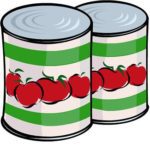


 out time.
out time.



 It’s that time of year where we resolve to start exercising, eating right, drinking more water and using more recycled bags to the store. I’m sure many of you have set resolutions or even goals. But it’s also the time of year where we start to realize making changes is easier than finding a way to make those changes stick. As a nutritionist and coach, I’ve seen such a range of experiences in my clients, and here are a few things I’d encourage you to consider.
It’s that time of year where we resolve to start exercising, eating right, drinking more water and using more recycled bags to the store. I’m sure many of you have set resolutions or even goals. But it’s also the time of year where we start to realize making changes is easier than finding a way to make those changes stick. As a nutritionist and coach, I’ve seen such a range of experiences in my clients, and here are a few things I’d encourage you to consider.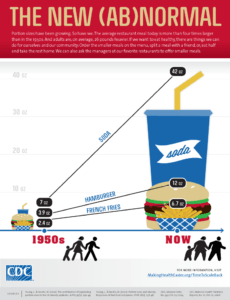








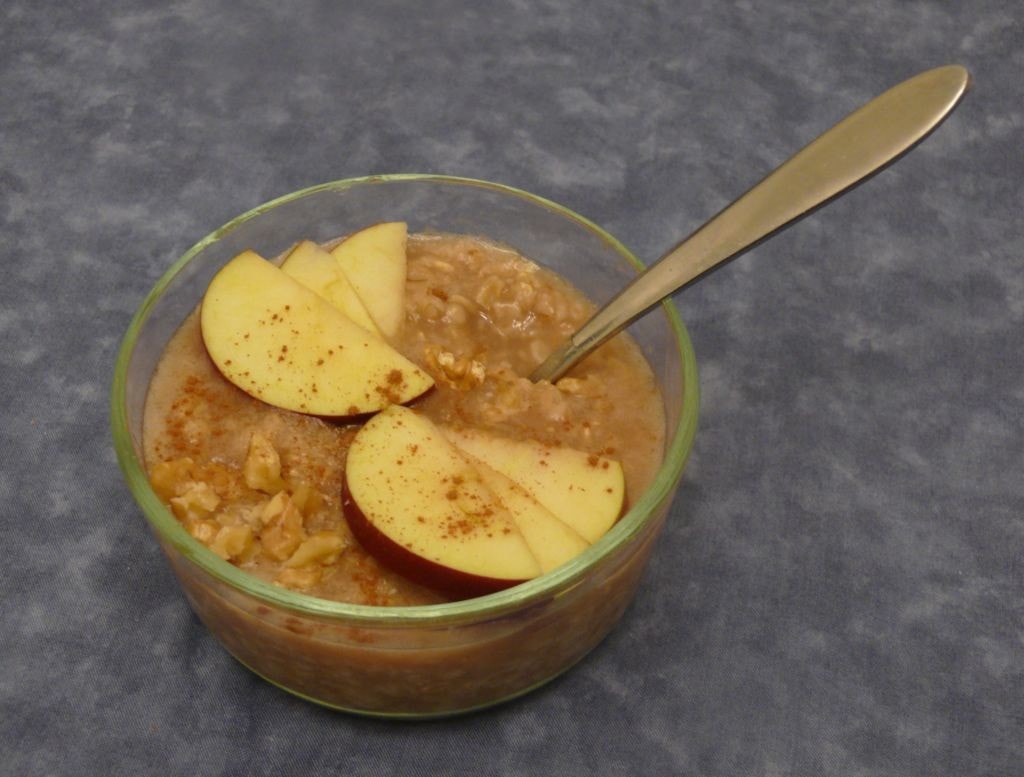
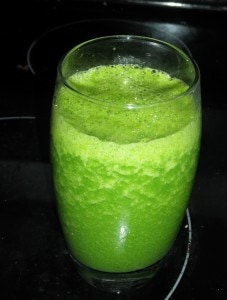
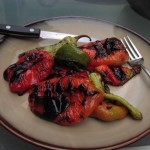
 Carol of Simply…Gluten-Free put out a cookbook,
Carol of Simply…Gluten-Free put out a cookbook, 



